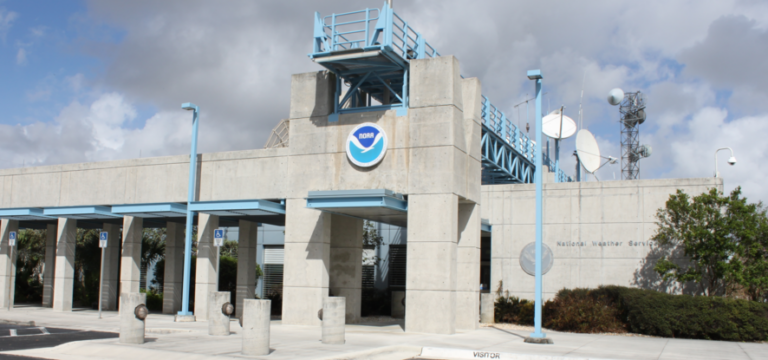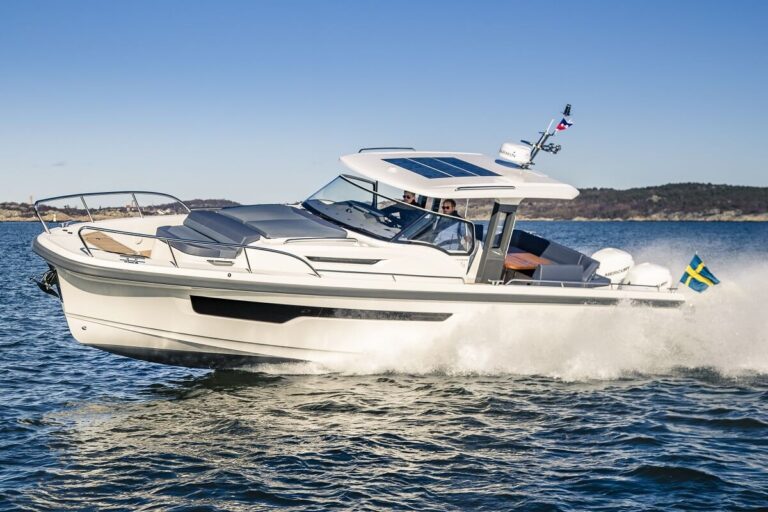
Lithium-ion batteries have been powering our personal devices for several years. While they are no longer a new technology, they still elicit many of the misconceptions we would expect from an emerging technology. In the technical department at the American Boat & Yacht Council, it’s the topic about which we receive more questions than any other.
Here are 10 of the most frequently asked questions related to lithium-ion batteries, and the requirements associated with installing them on boats.
Are LFP batteries safer than lithium-ion?
There is a common misconception that lithium-iron-phosphate batteries are categorically different from lithium-ion batteries. This is not so. In fact, LFP batteries (“F” is for ferrum or ferro, Latin for iron) are one of a half-dozen chemistries of lithium-ion batteries used in today’s broad sweep of consumer products, ranging from phones to scooters to boats and beyond. Battery properties — thermal stability, energy density, expected lifespan and more — vary widely depending on the chemistry of the lithium-ion batteries in question. “Lithium-ion battery” is simply an umbrella term that covers different battery types, including LFP.
Different battery chemistries are better suited to a given application than others. The most common lithium chemistry on today’s boats is LFP; it is also one of the most thermally stable.
The best way to ensure safety is to have the battery system installed, maintained and operated according to the battery manufacturer’s recommendations and ABYC Standard E-13, Lithium Ion Batteries, first introduced in July 2022.
What are the lithium-ion battery chemistries?
Batteries are composed of an anode, a cathode and an electrolyte. When we speak of lead-acid or lithium-ion batteries, we are simply identifying the materials that make up these components. In a lithium-ion cell, the anode is typically graphite made from carbon. The cathode is typically a metal oxide. “Battery chemistry” usually refers to the cathode material. The common cathode materials in today’s lithium ion batteries are lithium cobalt oxide (LiCoO2) — LCO; lithium manganese oxide (LiMn2O4) — LMO; lithium nickel manganese cobalt oxide (LiNiMnCoO2) — NMC; lithium iron phosphate (LiFePO4) — LFP; lithium nickel cobalt aluminum oxide (LiNiCoAlO2) — NCA; and lithium titanate (Li2TiO3) — LTO.
Each chemistry brings its own combination of performance, cost and thermal stability. Therefore, when discussing lithium-ion battery characteristics, it is crucial to be clear about which chemistry we’re talking about. No two are the same.
Where can lithium-ion batteries be mounted?
It depends. ABYC E-10.7 applies to all batteries, including lithium-ion. This standard requires that batteries not be installed directly above or below a fuel tank, fuel filter or fitting in a fuel line without an intervening sole, floor or deck.
However, ABYC E-10.7.7 would not apply to lithium-ion batteries. This standard requires that batteries not be installed, without an intervening barrier, directly below electrical equipment susceptible to attack from corrosive-gases batteries. Why the difference? Lithium-ion batteries do not emit corrosive gases during normal conditions, as lead-acid batteries do.
How does damage compare with lead-acid batteries?
Again, it depends. Every case depends on the battery chemistry, fault conditions and such factors as battery location. Lithium-ion batteries installed according to ABYC E-13 are protected by the battery management system from such conditions as overcharging or overdischarging, and charging and discharging in high and low temperatures.
In a hypothetical scenario, if a battery management system is not present (or it fails), and if batteries are overcharged so the voltage exceeds the battery manufacturer’s high-voltage limit, the LCO battery might go into thermal runaway. In the same fault conditions, the LFP battery might be permanently damaged by an internal short but would be far less likely to create thermal runaway because of its higher thermal stability. That said, the traditional lead-acid battery, when overcharged, can emit hydrogen that, if not properly vented as required by ABYC E-10, can lead to an explosion.
The takeaway is that boats have been damaged by lead-acid and lithium-ion batteries, but without knowing all the details of a particular case, generic pronouncements aren’t meaningful.
Are lithium-ion batteries less resistant to vibration?
ABYC E-13.5.4 requires that lithium-ion cells or batteries meet testing requirements of at least one of the referenced standards. Many of these testing standards contain minimum vibration requirements and tests that the battery or cell must pass. ABYC standards do not subject lead-acid batteries to equivalent testing requirements.
In all cases, battery manufacturers’ recommendations must be followed, and lithium-ion batteries need to be installed in such locations and restrained in such a manner that they will be protected from shock and vibration according to these instructions.
What if a battery management system shuts down DC power?
The first thing to understand is why the battery management system could disconnect the battery, then avoid these situations in the first place.
The battery management system can disconnect charging sources or loads when voltage or temperature are outside those specified by the battery manufacturer safe operating envelope. A sudden disconnect creates a so-called load dump. The installer or system designer needs to consider how to protect charging sources such as alternators and sensitive devices if the shutdown occurs.
Also, depending on the boat type and its intended use, an alternative power source is recommended for such critical systems as engine starting, propulsion, navigation lights and others that may be affected if a battery management system shuts down the battery. The alternative power source can be another lithium-ion battery.
Is overcurrent protection required?
Yes, including installations where the battery has a battery management system and even an internal breaker.
The overcurrent protection device (a fuse or a breaker) is intended to protect the conductor. Its current rating will depend on the size of the conductor that the overcurrent device is protecting. Its ampere interrupting capacity will depend on the size of the battery bank; more precisely, it will depend on the short current rating of the battery or battery bank, as specified by the battery manufacturer.
A battery management system has a different role: to protect a lithium-ion battery or battery bank from such hazardous situations as overcharging or overdischarging, charging or discharging in high and low temperatures, and so on. Even if the battery has an internal circuit breaker, it is designed to protect the battery’s internal components.
As we can see, battery management systems and overcurrent protection have different roles; therefore, a fuse or breaker is required to protect the conductor from overload or a short circuit.
How do I restrain the lithium-ion battery?
E-10.7.4 requires that batteries, as installed, be restrained to not move more than 1 inch (25mm) in any direction when a pulling force is applied, as per the test specified in the standard.
According to E-13.6.4, a lithium-ion battery must be restrained according to the battery manufacturer’s specifications. In the absence of the battery manufacturer’s recommendations, batteries and battery banks shall be restrained to prevent any visible movement in the conditions under which the vessel is intended to be operated.
Do I need a receptacle for electrolyte spillage?
ABYC E-10.7.2 requires that provisions are made to contain incidental leakage and spillage of electrolyte. Lithium-ion batteries, however, are not subject to routine electrolyte leakage; therefore, requirements regarding electrolyte containment do not apply to their installations.
Is an alarm required?
The alarm is recommended before a battery management system disconnects the battery, but it is not required. If a shutdown condition is approaching, a battery system can notify the operator with a visual or audible alarm before disconnecting the battery from the DC system. Shutdown can be caused by different conditions. In some cases, it can be predicted, but in others, it can be more difficult to anticipate and provide a warning.
Conclusions
These are just some of the common questions we hear at the ABYC. The answers provided are intended to be informational; the manufacturer instructions and ABYC E-13 Standard should always take precedence. Because batteries are an evolving technology, we expect lithium-ion batteries to be a growing part of marine electrical systems. With that, new questions will emerge.
Maciej Rynkiewicz is standards developer at the American Boat & Yacht Council.
This article was originally published in the May 2023 issue.











